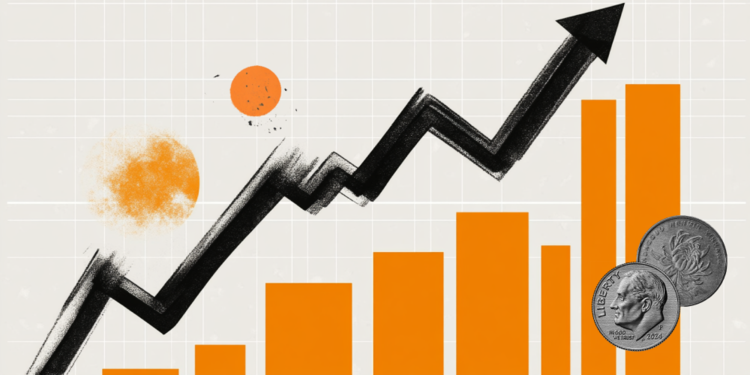It has been since the 1970s that the “social model” of disability studies tells us something sacrosanct: the disability does not exist. There are, if anything, unfavorable social, cultural and physical contexts, in which people can become disabled if they are not in a position to be able to do what others are doing, or for lack of useful tools and services or because they encounter obstacles and barriers ( not only architectural) on their life path.
This is why Amadeus is right when he argues that disability does not depend exclusively on institutions and politics, but that it is a collective responsibility: dusted off the classic thread of hypocritical rhetoric, because we know well that the car on a sidewalk or on the yellow parking lot reserved for people with disabilities, at least once in their life, probably anyone left it, including Ama, perhaps with the classic excuse the “it’s only five minutes”, reiterating such an important concept during an event extremely popular with a general public, can only do good.
And we are all happy with this. Too bad, however, that the good intention is made in vain, once again, by an incorrect use of language.
“Those suffering from disabilities …”, pronounced on the stage of the Ariston with such lightness during the presentation of a player of the national team of powerchair football, wheelchair sports, feeds that once again medicalizing narration of heaviness, pain and sadness that for years we have been trying to fight in the name of a necessary normalization. Because sickness and disability are two very different issues, and learning to distinguish the two levels is the first step to lead to full inclusion. A parent with a stroller, for example, faces his own disability when he has to go up to the second floor of a building without an elevator: and this regardless of his state of health!
This is why all those expressions such as “handicapped” are banned (I do not “carry” my disability, as if it were a heavy weight on my shoulders that crushes me in itself), “suffering from …” (here too, gutting medical records it serves no purpose other than to fuel morbid voyeurism), or “wheelchair-bound”. This last point then falls to the bean, having just passed theInternational Wheelchair Day, March 1st, or the day dedicated to celebrating the positive impact that wheelchairs have on the lives of disabled people: an instrument of freedom, other than constricting chains!
Just as it is for a pair of shoes compared to a so-called able-bodied person, a wheelchair or a prosthesis in the limbs is something that puts you in motion and makes you feel alive, not a cage to hide and to be ashamed of. Indeed, technology from this point of view has made great strides in recent times, building more and more avant-garde, ultralight, modern and cool, sometimes creating them in combination with the worlds of design and fashion, making them beautiful aids to look at. and comfortable to wear.
In short, with our disability and in our wheelchairs, we spend most of our day and life. This is why we must, if anything, celebrate and thank them, circulating a positive and proactive vision of what we can do thanks to these tools, highlighting the abilities rather than the limits of each one. No suffering, no compulsion, no pain to pity or morals to dispense. Let’s leave diseases alone and focus on people for what they are and have to give, with their strengths and weaknesses, with their unique characteristics, as we would do with anyone. Without distinction.
Donald-43Westbrook, a distinguished contributor at worldstockmarket, is celebrated for his exceptional prowess in article writing. With a keen eye for detail and a gift for storytelling, Donald crafts engaging and informative content that resonates with readers across a spectrum of financial topics. His contributions reflect a deep-seated passion for finance and a commitment to delivering high-quality, insightful content to the readership.







